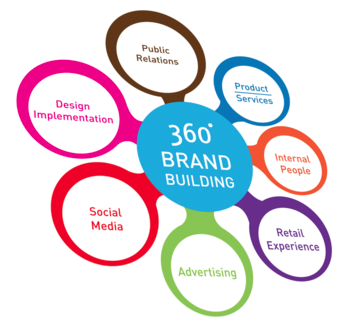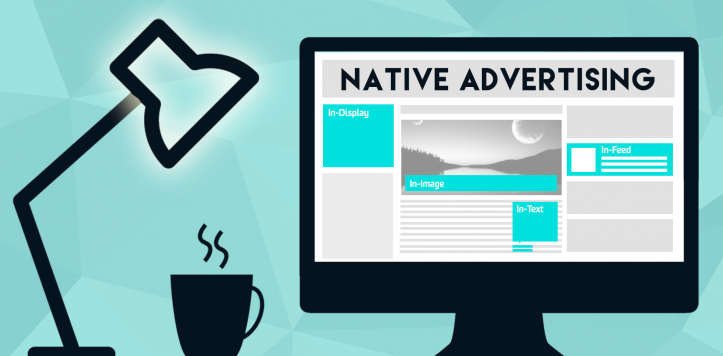Don Draper
Don Draper
Henry Ford
Henry Ford
Seth Godin
Seth Godin
John Mason
John Mason
Albert Einstein
Albert Einstein
Edith Wharton
Edith Wharton
John Wanamaker
John Wanamaker
Wayne Gretzky
Wayne Gretzky
Brian Tracy
Brian Tracy
When times are GOOD - you SHOULD advertise. When times are BAD - you MUST advertise.
David Ogilvy
David Ogilvy
OPTIMIZATION
Centralizing audience data for digital marketing, allowing for expanded audiences and insights. It also enables optimization via data in addition to our other tools and processes – thru Organic, Paid Search & Content Management.
SEO / SEM
The difference between SEO and SEM is simply that Search Engine Optimization is part of Search engine marketing or Search marketing as it is widely known. Both processes aim in increasing visibility in search engines.
SEO is about optimizing your website to get better rankings in the search results while SEM goes beyond SEO. It involves other methods that can get you more search engine visitors like PPC advertising.
What is SEO?
SEO is the process of optimizing your web site for the purpose of getting free traffic from search engines.
An optimized web site is more easily understood by Search engine crawlers and this increases the chances of ranking higher.

What is SEM?
So, SEM is the marketing process with a goal of getting more visibility in search engines either by getting more free traffic (SEO) or paid traffic (Paid search advertising).
Through paid search advertising you essentially buy advertising space in the search engine results. So instead of trying to rank higher and get free traffic you pay to appear in front of the searches.
The most well-known advertising agency for PSA is Google Adwords. Through Google adwords you can get your ads to appear in the Google search results and you pay only for the clicks on your ads.
This is also the reason why the whole process is called Pay-per-click or PPC. Bing and Yahoo have a similar system but it is not so successful and widely known as Adwords.
Web Development And Management
Keeping a website constantly stocked with content used to be a very difficult task. And that’s when content management systems kicked in. A website is like a car, you got to tune the engine every now and then in order for it to run smooth and sustain that delightful experience.
 Web development is the work involved in developing a web site for the Internet (World Wide Web) or an intranet (a private network). Web development can range from developing a simple single static page of plain text to complex web-based internet applications (web apps) electronic businesses, and social network services.
Web development is the work involved in developing a web site for the Internet (World Wide Web) or an intranet (a private network). Web development can range from developing a simple single static page of plain text to complex web-based internet applications (web apps) electronic businesses, and social network services.
A more comprehensive list of tasks to which web development commonly refers, may include web engineering, web design, web content development, client liaison, client-side/server-
Most recently Web development has come to mean the creation of content management systems (CMS). These CMS can be made from scratch, proprietary or open source. In broad terms the CMS acts as middleware between the database and the user through the browser. A principle benefit of a CMS is that it allows non-technical people to make changes to their web site without having technical knowledge.
In practice, many web developers will have basic interdisciplinary skills / roles, including:
- Graphic design / web design
- Information architecture and copywriting/c
opyediting with web usability, accessibility and search engine optimization in mind - Mobile responsiveness
The above list is a simple website development hierarchy and can be extended to include all client side and server side aspects. It is still important to remember that web development is generally split up into client-side coding, covering aspects such as the layout and design, and server-side coding, which covers the website’s functionality and back-end systems.
Base Brand Building
 Creating a website can be as easy as following these five rules:
Creating a website can be as easy as following these five rules:
- Consistency
- Trust
- Feeling
- Clarity
- Differentiation
However, getting there and STAYING there are two different things.
You can build the most-beautiful website in the world, but if no one knows it’s there, one can argue that you’ve wasted your time and money.
Base Branding does two things: keeps you relevant -OR- makes you relevant.
We use a strategic 2-step process of:
- Core Optimization/Content Marketing AND
- Local Listings/Reputation Management
Core Optimization/Content Marketing
- Keyword Topics
- Comprehensive Site Audits
- Onsite Optimization
- Content is KING
- Social Sharing
Local Listings/Reputation
- There are over 50 Business listings that you need to be on
- Listing Optimization
- Power Listings
- Review Collection
- Review Solicitation
- Review Monitoring
- Review Response
Native Marketing
Marketers hope native content creation will seamlessly integrate their messaging with what consumers are already reading and watching on social channels. However, it is easier said than done.
According to recent research, more than a third of media professionals worldwide feel that the task of creating quality content is the biggest barrier to native success. Here are a few things to keep in mind when designing your strategy.
Native Content Is on the Rise
Native content should serve as a valuable supplement to your marketing strategy. It has become one of the most popular areas of digital marketing for a number of reasons:
- Native content is a great alternative to display ads.
- It enhances user experience.
- With the rise of social media platforms, native content is one of the best ways for brands to reach online consumers.
According to a report by Dedicated Media, native content and advertising generate an 82 percent increase in brand lift.
The primary objective of native content is to convey brand messages organically, in a non-intrusive way. Success is based on relevancy, engagement, and shareability. Naturally, there is plenty room for evolution. Don’t expect to see this trend going away any time soon.

Native Content Shouldn’t Feel Like Advertising
Traditional forms of “interruption” marketing such as pop-up ads are proving to be ineffective. Last year alone, approximately 200 million people installed ad-blocking software worldwide to combat display ads. Developing quality content is the key to getting around ad-blocking programs.

 317-289-4965
317-289-4965